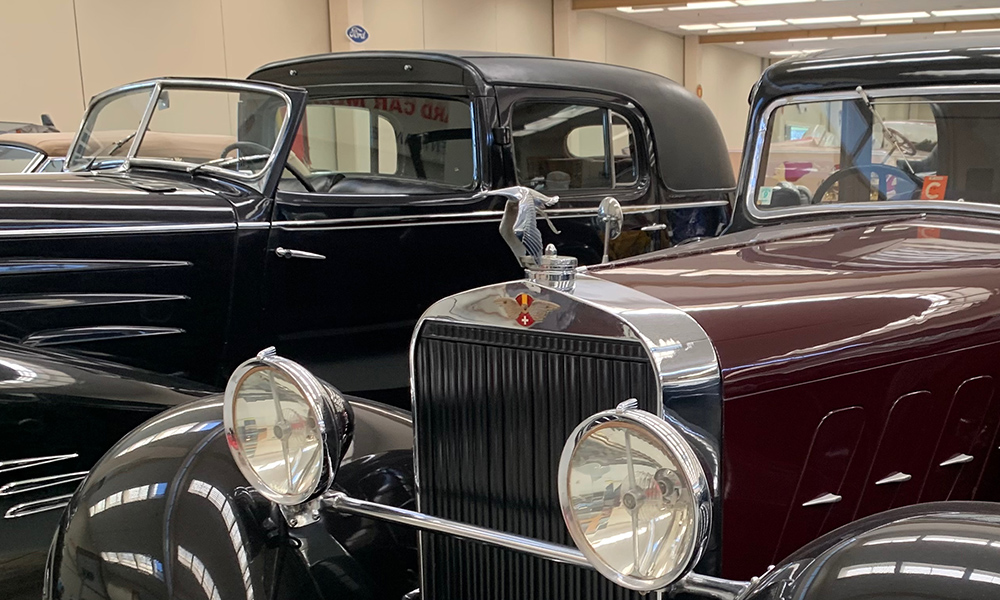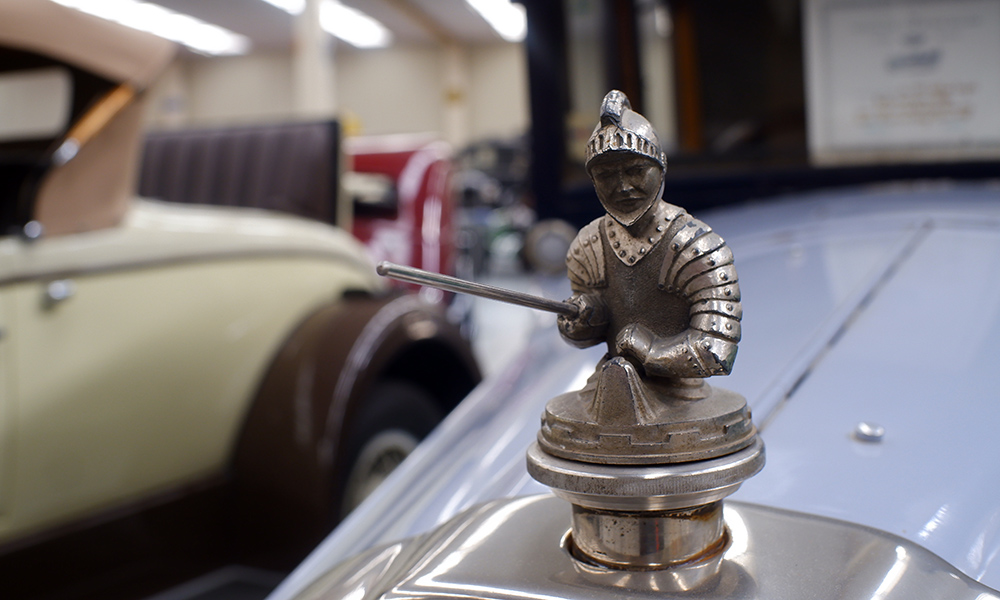
Hood ornaments are a rare sight now on modern automobiles, but back when cars had just definitively taken over horse-drawn chariots as the main source of transportation, “motor mascots” were a common finishing touch on a car.
The hood ornament was an aesthetic detail that grew from a practical necessity: The radiator sat at the front end of the car, with the cap exposed to the elements. Manufacturers saw that the cap could also serve as a focal point for the brand, and thus the hood ornament became a de rigueur fashion statement.





Even when cars had evolved to bring the radiator inside the hood, manufacturers continued to employ hood ornaments as these symbolized their respective brands’ ethos.
Bentley’s “Winged B,” Rolls Royce’s “Spirit of Ecstasy,” and Mercedes-Benz’s “Tri-star” are just some of the more familiar icons.




More mass-market brands such as Ford, Chrysler and Dodge had their own respective symbols, while lesser-known marques such as Willys Knight and Pierce-Arrow had some very intriguing designs.
Many of these were cast from bronze, zinc, or bronze and then chrome-plated. They can fetch a small fortune among collectors today.





By the late 1960s, automotive regulations began to cause the gradual phaseout of this automotive detail, as there was great concern about the injuries these would cause to pedestrians in the event of a collision.
Very few manufacturers use hood ornaments now, and these are designed to retract into the body in case of a collision. The rest is history, as they say.











Comments